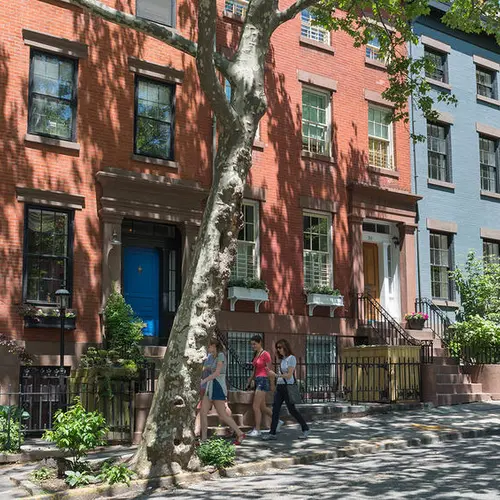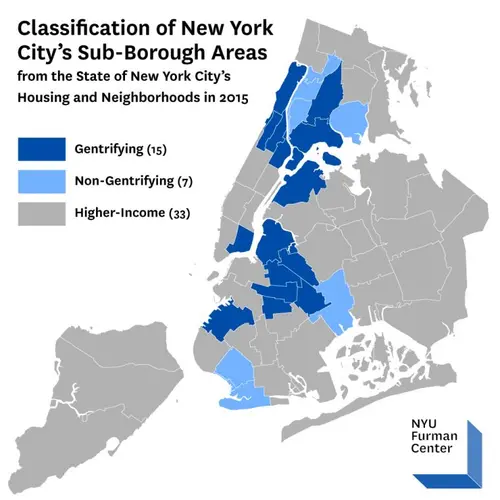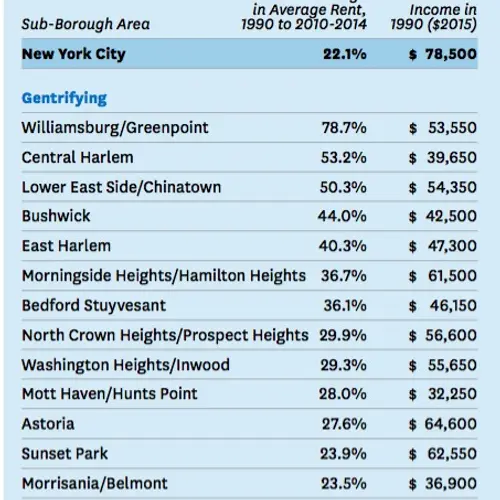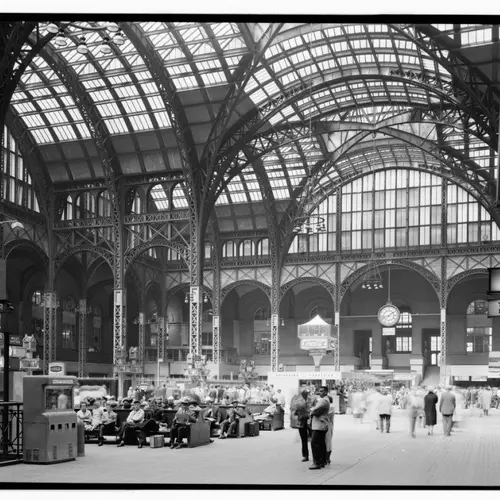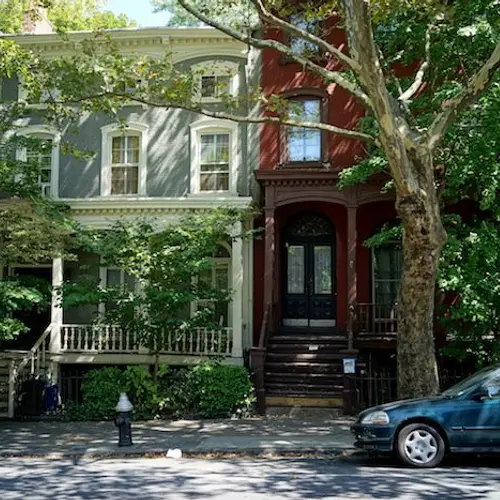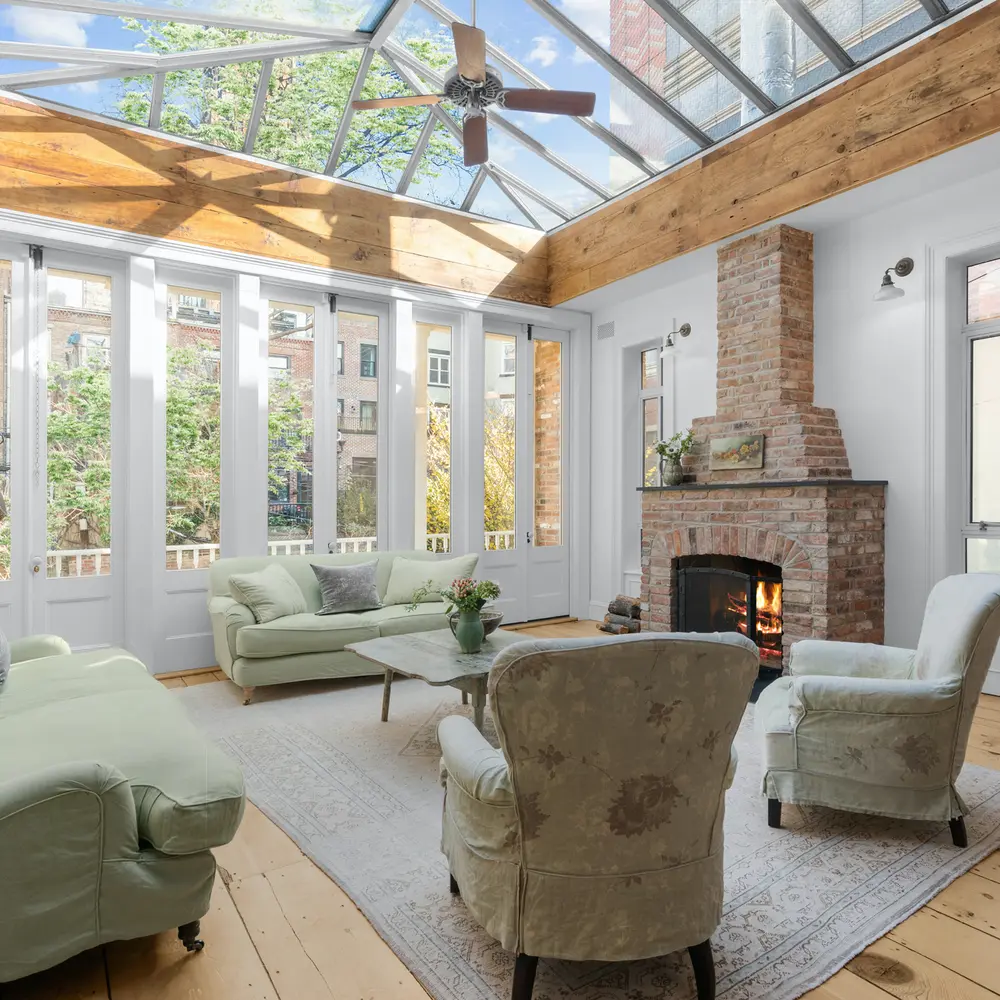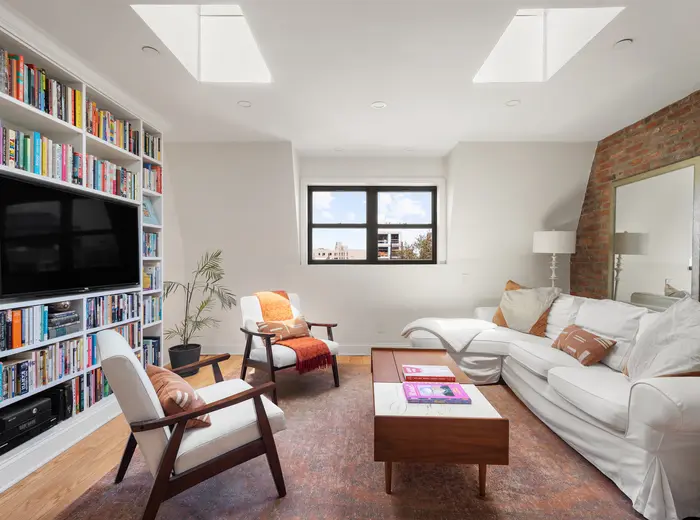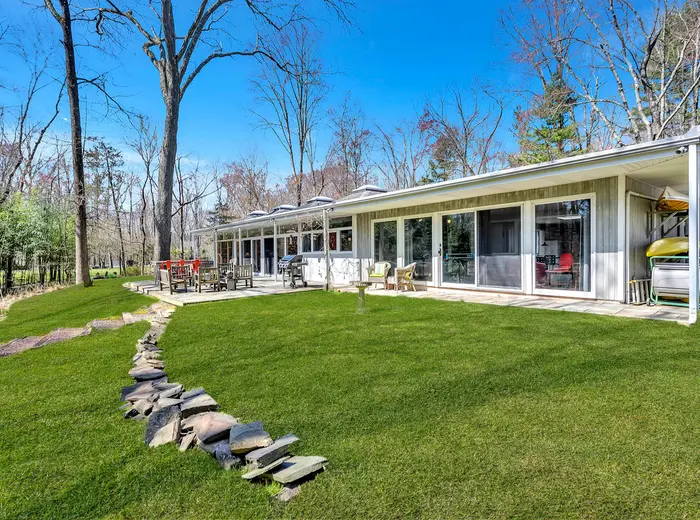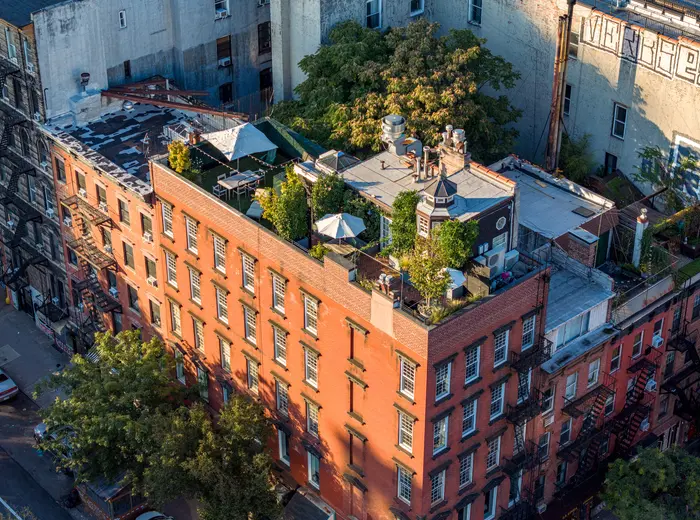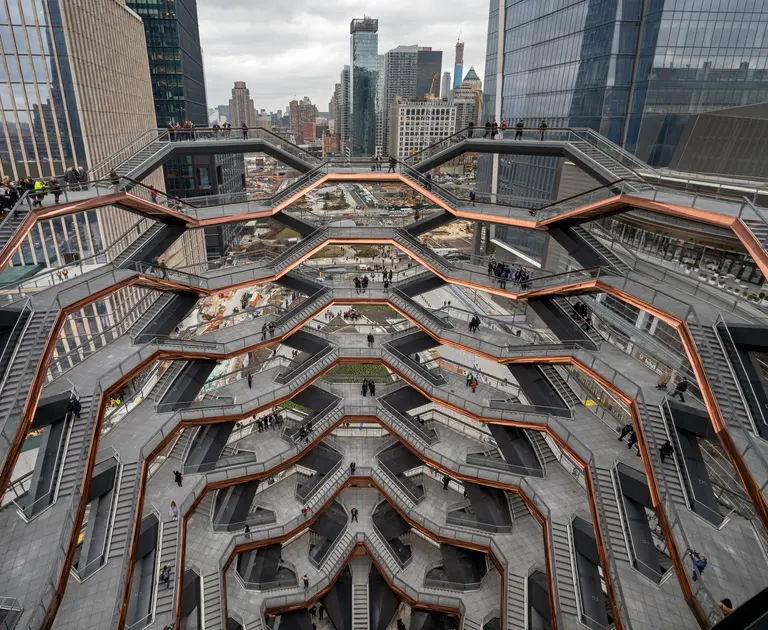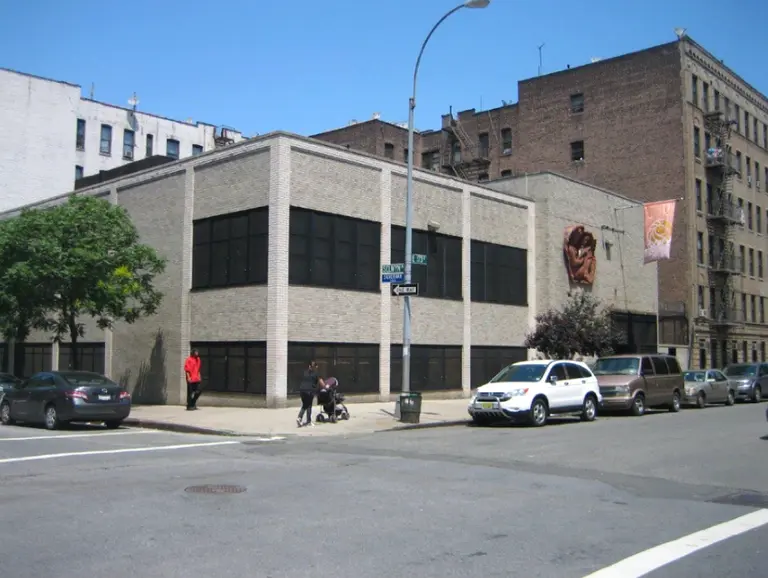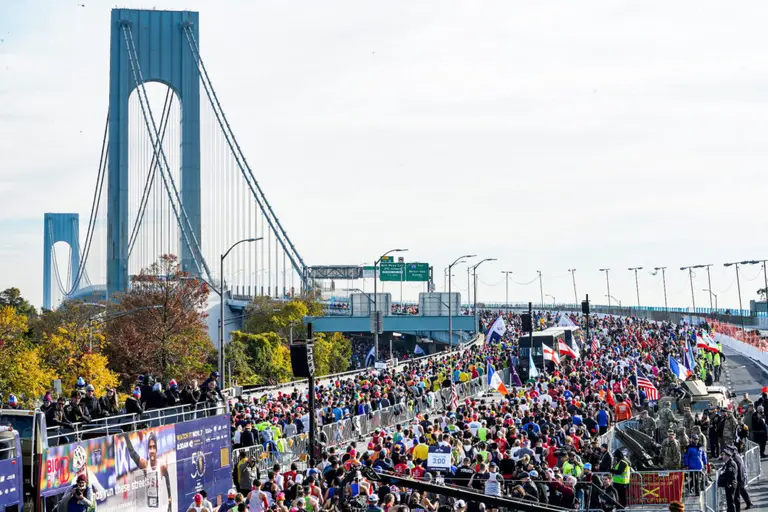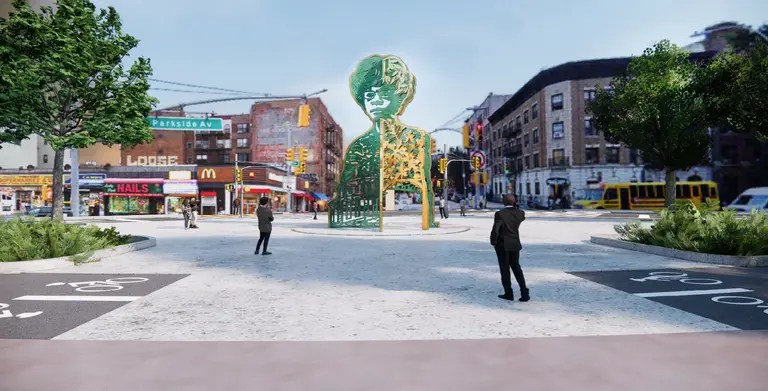New Studies Show Historic Preservation Doesn’t Cause Gentrification Woes
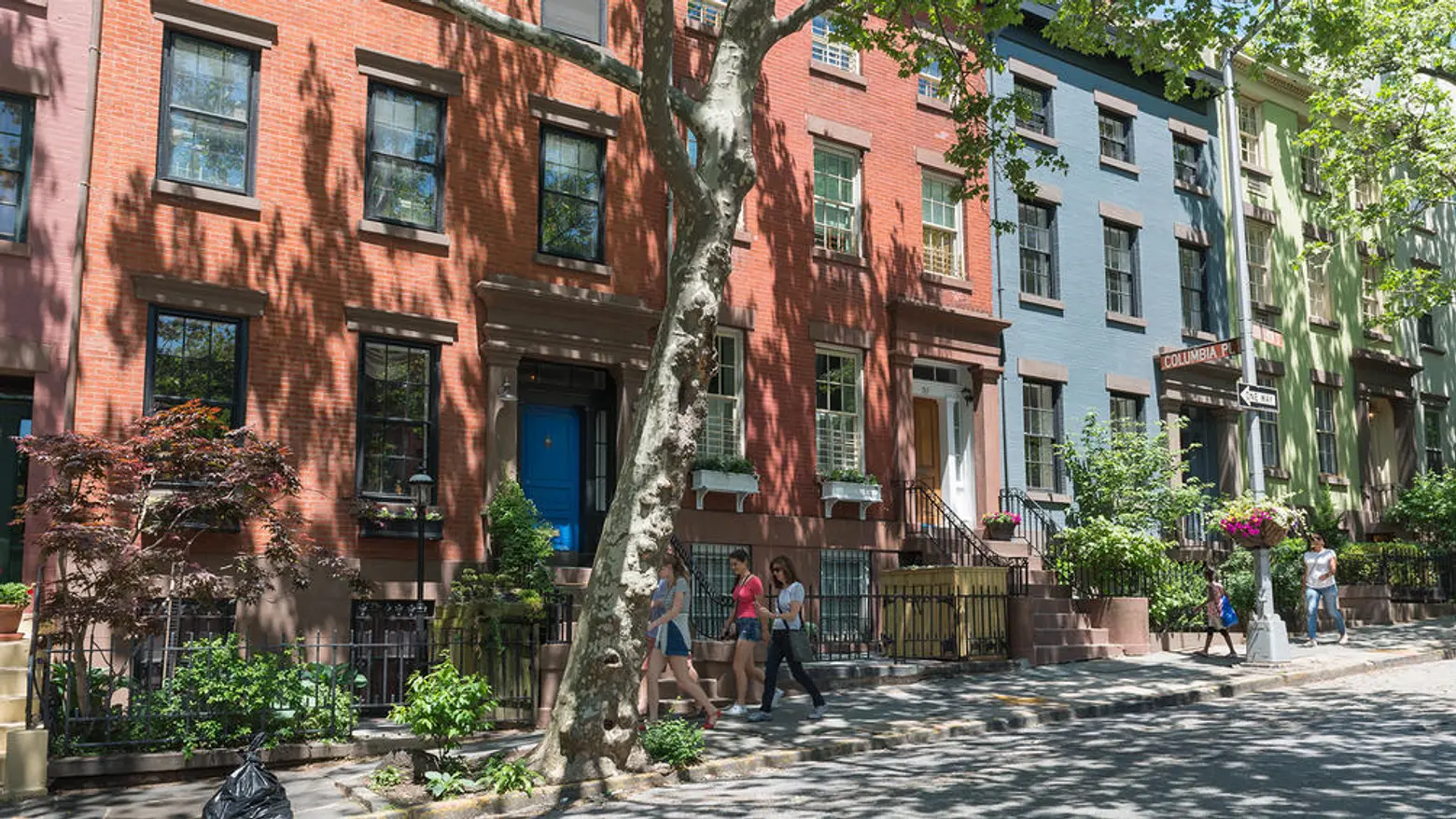
The city’s preservation groups have reported that the results of a series of studies, prompted by the 50th anniversary of the city’s Landmarks Law, have put some numbers behind the claim that landmarking doesn’t harm, and may actually improve, the economic balance of neighborhood development and growth. According to Simeon Bankoff, executive director of the Historic Districts Council, “This is the first time which preservationists–who tend to be from the humanities and subsequently math-averse–have put real data behind anecdotes.” The combined reports represent the most comprehensive study to date of the impacts of historic preservation in New York City.
6sqft recently highlighted the results of a related study by the Furman Center comparing the city’s gentrifying neighborhoods. In addition to that comparison, the Greenwich Village Society for Historic Preservation points to the fact that the study looks at the percentage by which average rents have increased from 1990 to 2014 in sections of the city (a reliable measure of “gentrification”). Williamsburg/Greenpoint, which showed the highest rent increase from 1990 to 2014–78.7 percent–is also an area of the city that happens to have very little landmarking (just 2.8 percent according to the Furman Center). The area also has a large amount of new construction, exactly what detractors of landmarking say is needed to bring soaring prices down.
Another just-released study, conducted by the non-profit Historic Districts Council titled “The Intersection of Affordable Housing and Historic Districts” analyzed data for New York City’s historic districts using U.S. Census Bureau affordability and income indicators including rental prices, income, and rental burden (referring to tenants who are paying 30 percent or more of their pre-tax income on gross rent), as well as building-level affordability indicators. The study found that “between the years 1970 and 2010, historic district designation had relatively little bearing on rental prices and the number of rent-burdened households, although historic district designation did correlate with an increase in income in some designated historic districts…In fact, the percentage point increase in rental housing burden in all NYC census tracts was more than twice that (18.1 percentage points) of census tracts overlapping with historic districts (8.8 percentage points).” It also found that historic district designation didn’t prevent government-subsidized housing from developing in specific neighborhoods, nor did it prevent subsidized units from remaining affordable.
A study by the non-profit Landmarks Conservancy found that subsidized units in many historic districts remain affordable whether the units were developed before or after historic district designation. Overall in New York City, affordability subsidies are maintained as of 2010 in historic districts at a rate of 74.6 percent, compared to 73.4 perfect in non-designated areas.
Another analysis, also by the NYU Furman Center, titled “50 Years of Historic Landmarking in New York City” shows the extent of preservation in New York City and compares the land use, housing stock, demographic characteristics, and commercial property in historic districts with those in areas not regulated by the Landmarks Preservation Commission (LPC). Some key facts:
- Within historic districts, six out of every 1,000 lots saw a new building constructed between 2004 and 2014, compared to 39 out of every 1,000 lots outside of historic districts.
- Lots in historic districts saw the same levels of officially recorded alteration activity between 2004 and 2014 as non-LPC-designated lots in the same community district.
- Historic districts had a higher market-rate share of multifamily rental units than non-LPC-regulated areas.
According to Bankoff, “We would be the first to say that correlation is not causation, and one should view these statistics in their appropriate context. But one thing these statistics do clearly show is that there is no obvious connection between landmark designated areas of New York City and increasing unaffordability, at least as compared to non-landmarked areas. And certainly they show that large amounts of new housing construction, even when that housing construction includes some affordable units, does not necessarily tend to make an area more affordable.”
The reports underscore the preservation groups’ long-held opinion that, while the long-term social values of preservation are are valid, there are also compelling near-term reasons to preserve and celebrate the city’s built heritage.
RELATED:
- Historic Districts and Landmarking: What They Mean (and How They Could Affect You)
- Preservationists Publish Report Asking City to Better Protect Soon-To-Be-Landmarked Buildings
- New Interactive Map Lets You Explore New York City’s Landmarks
- Williamsburg Unsurprisingly Tops List of NYC’s 15 Fastest Gentrifying Neighborhoods
Images © CityRealty

